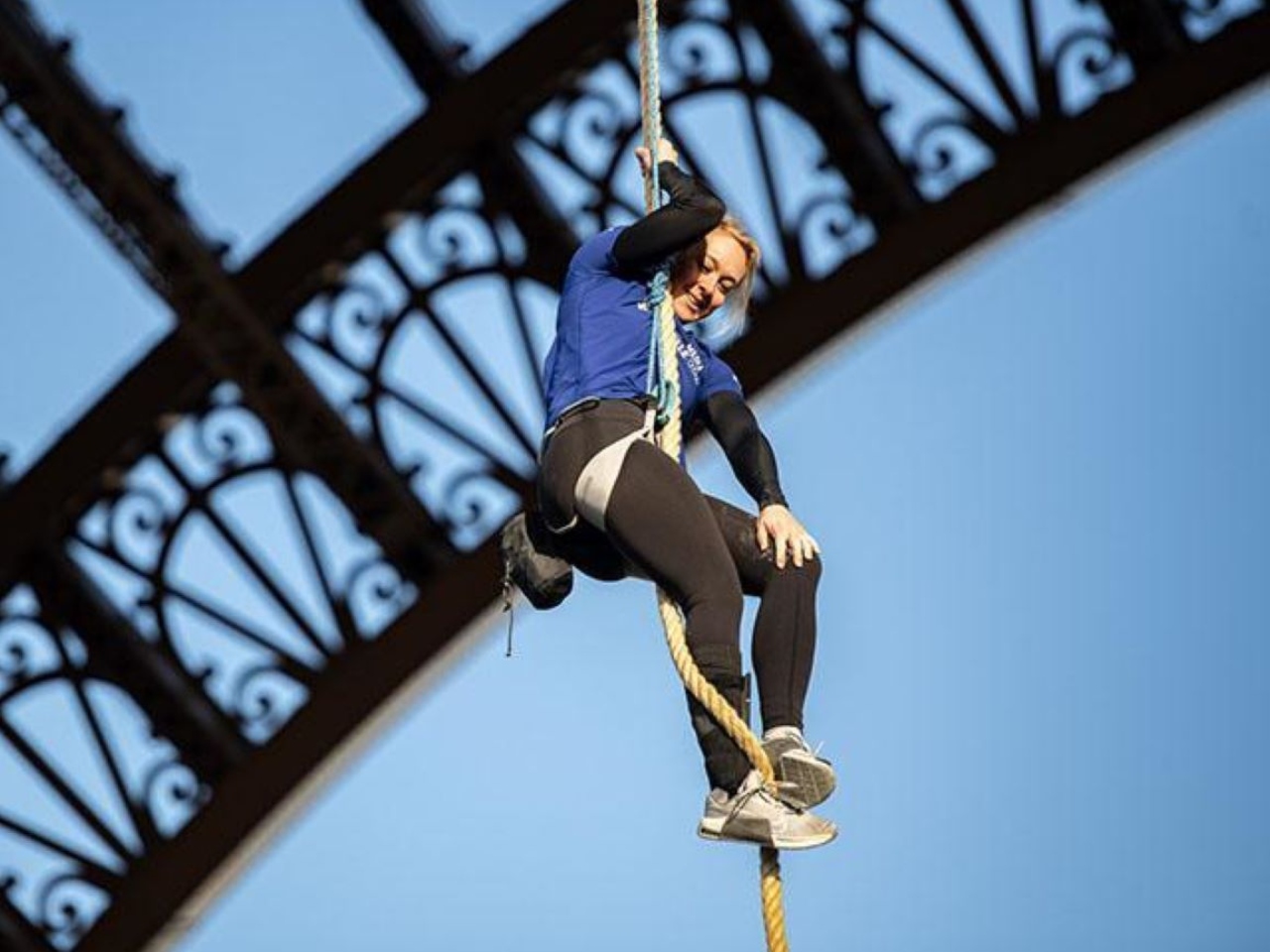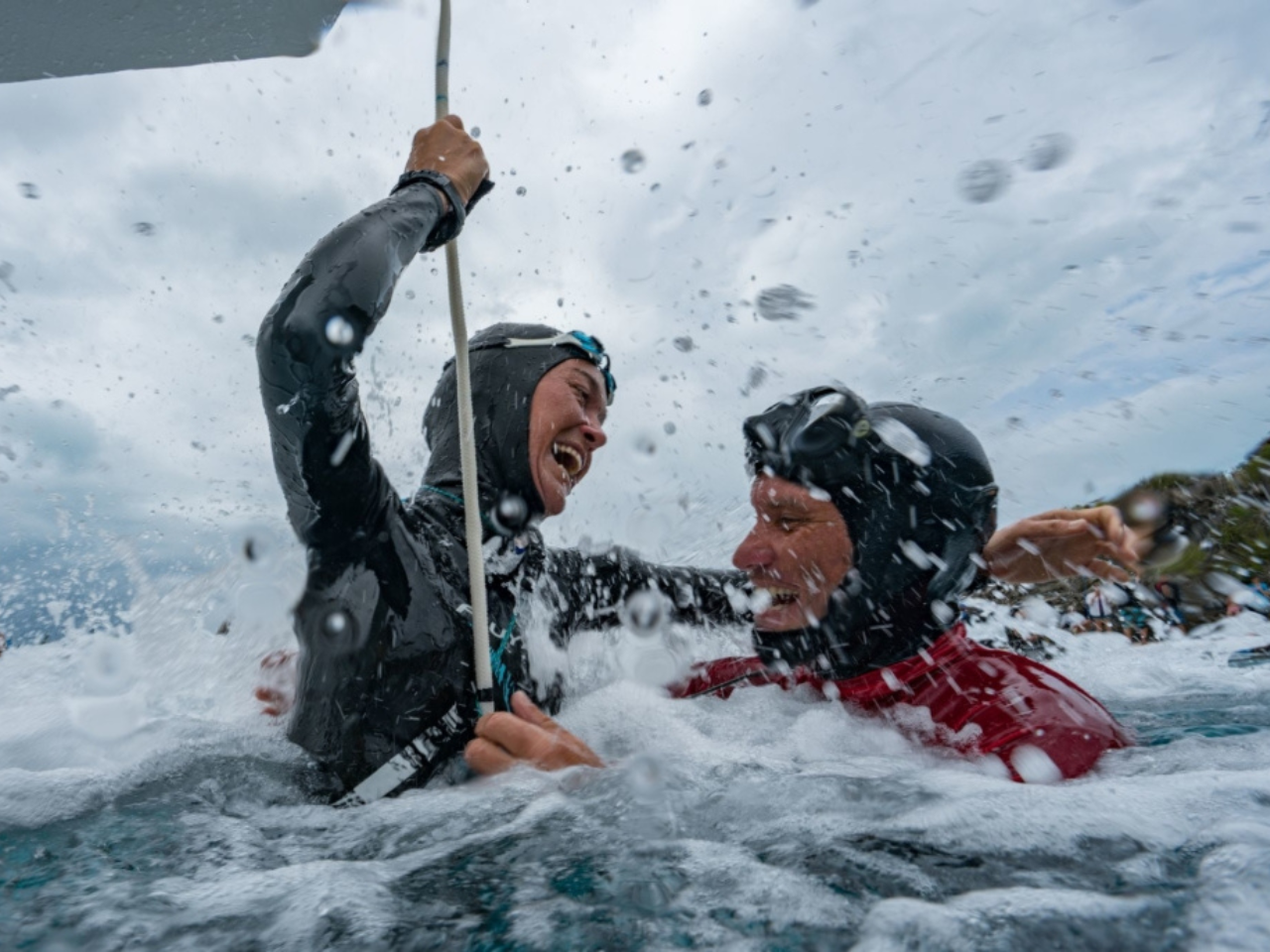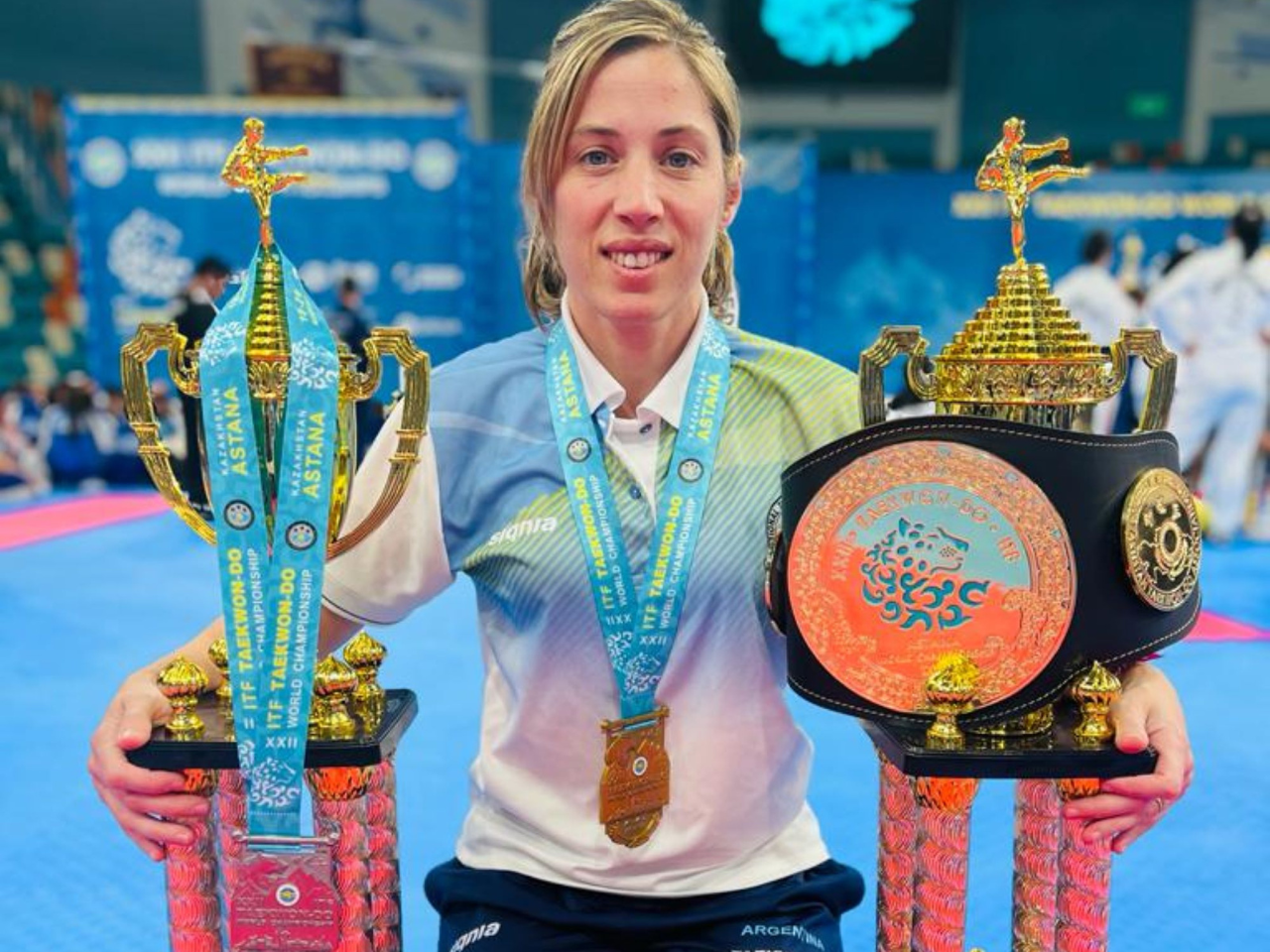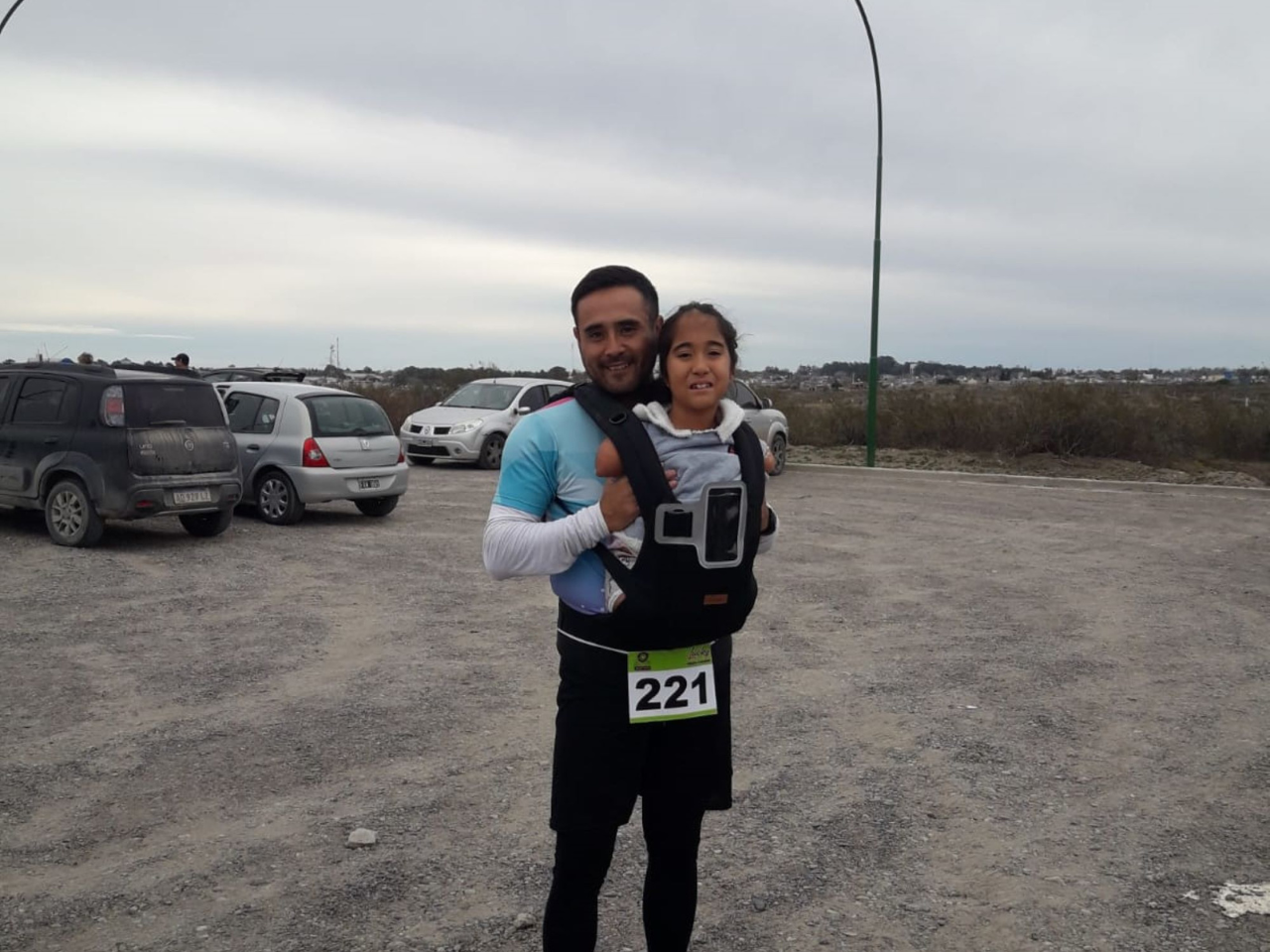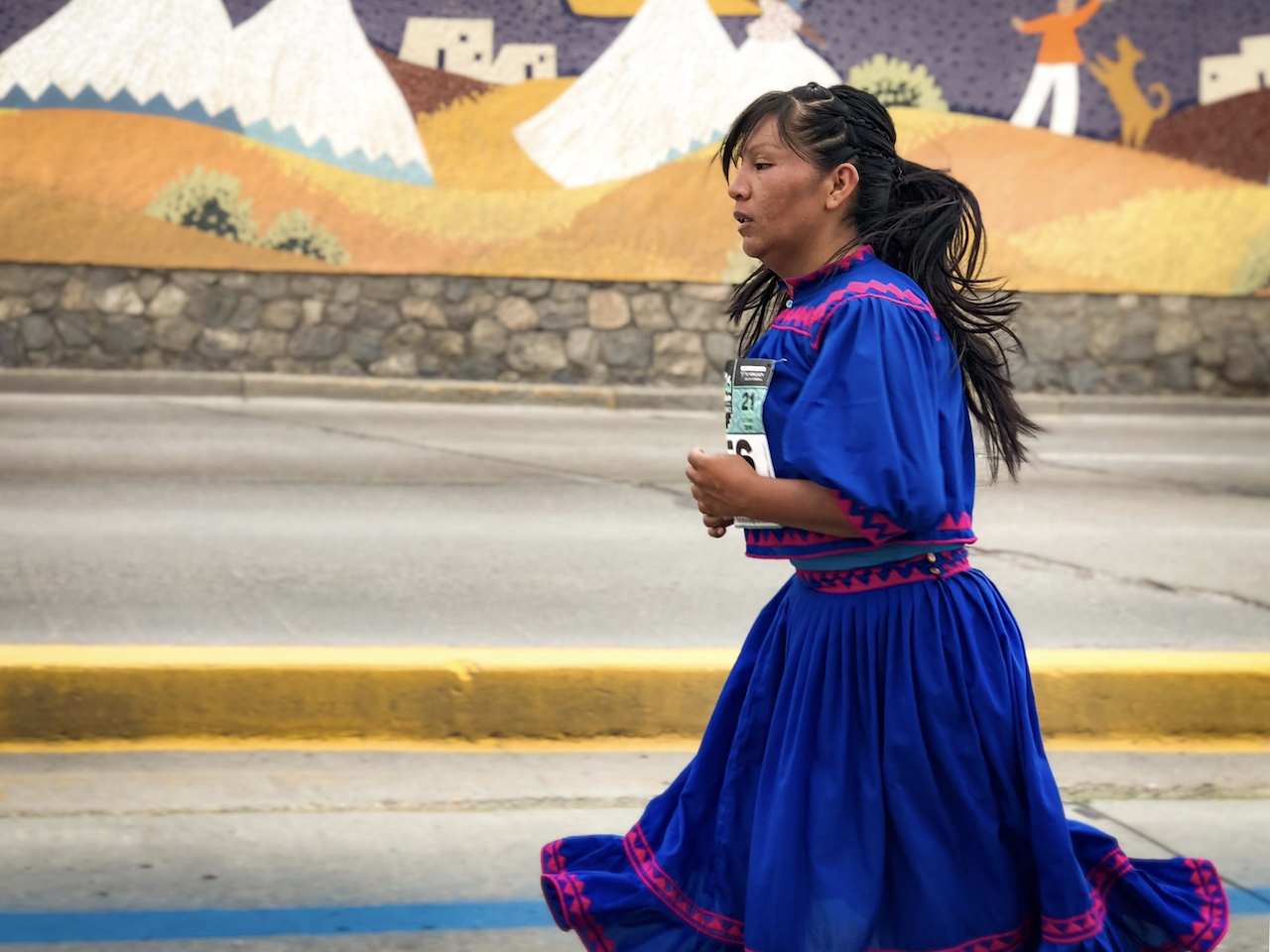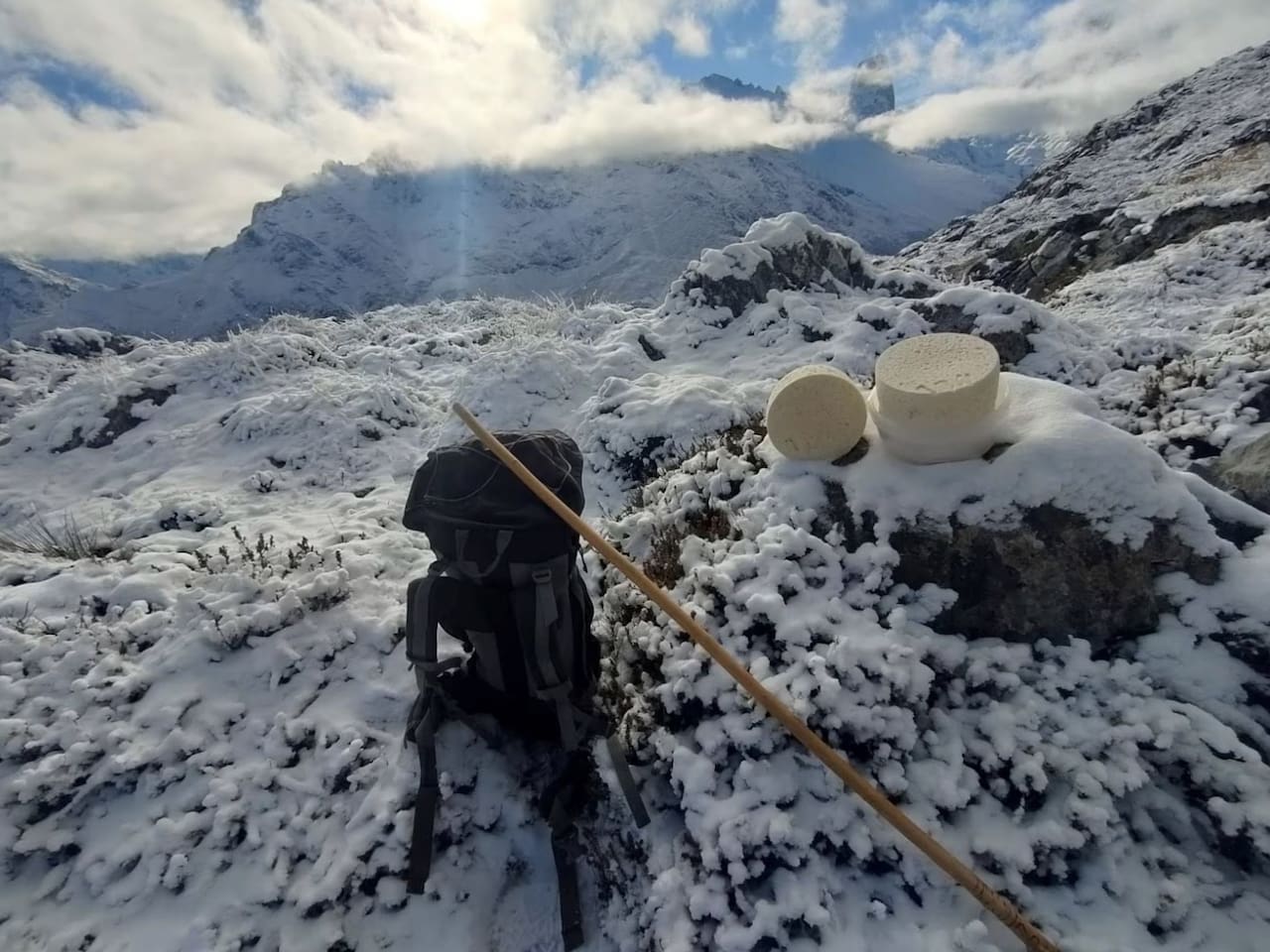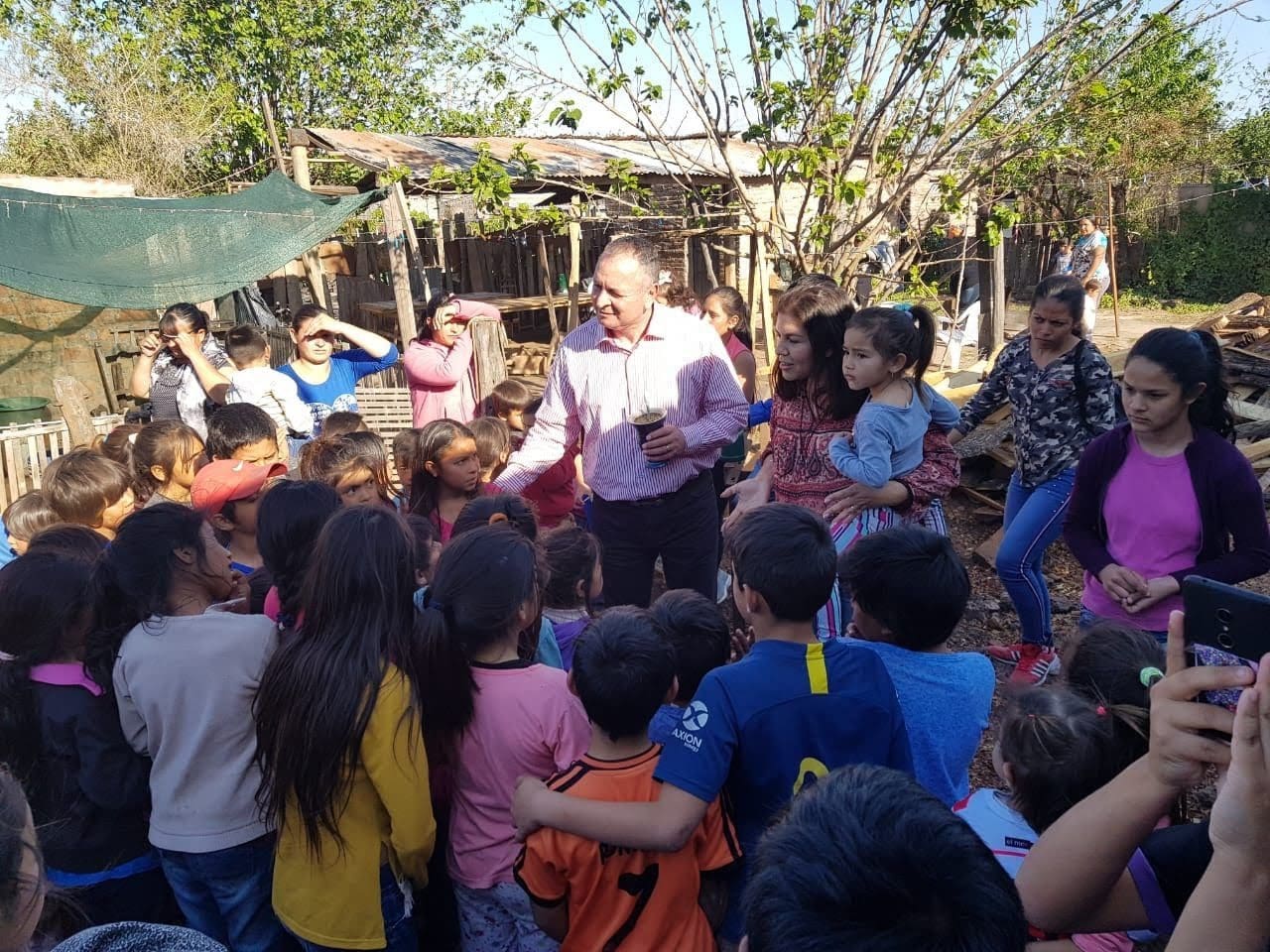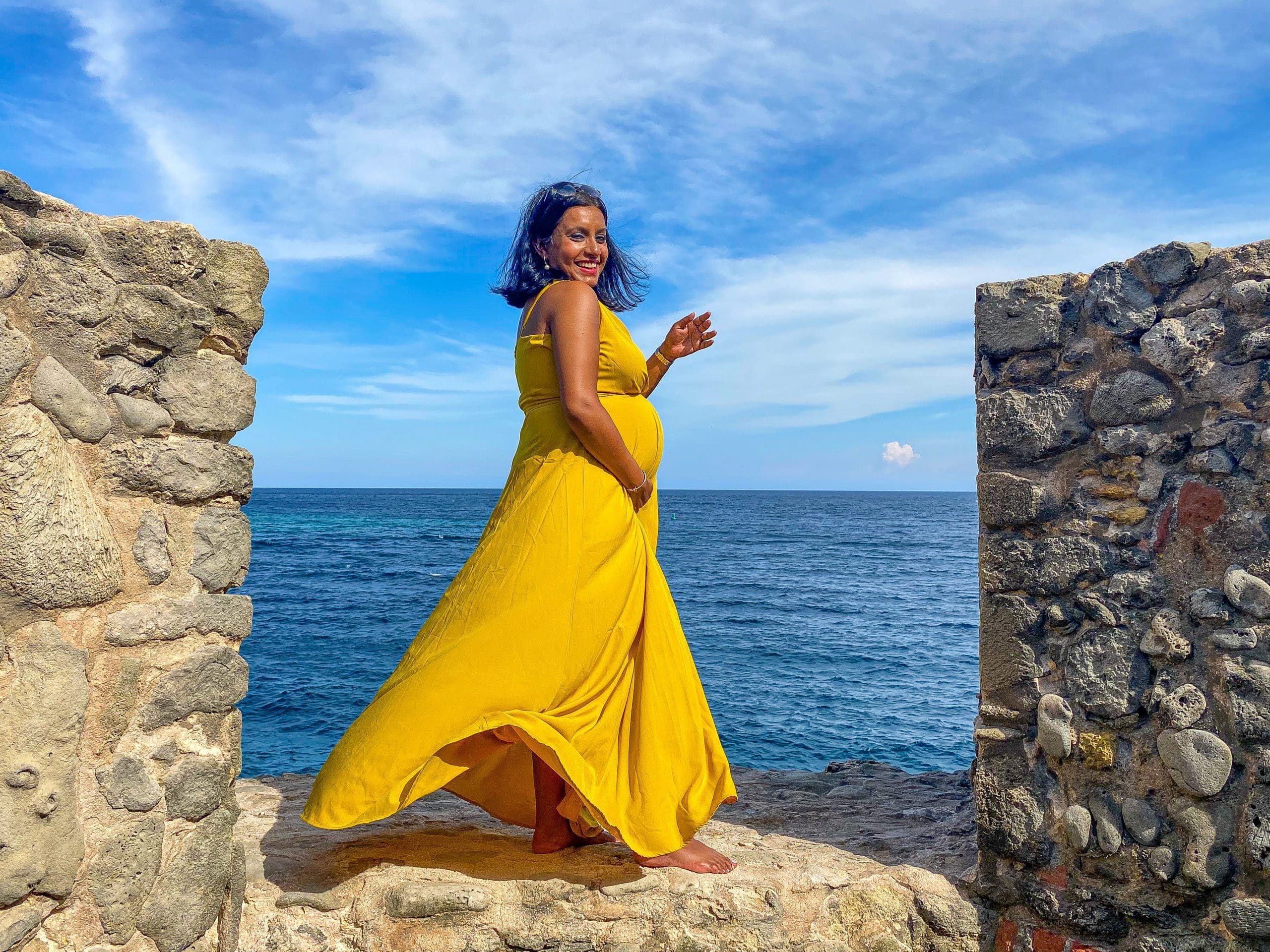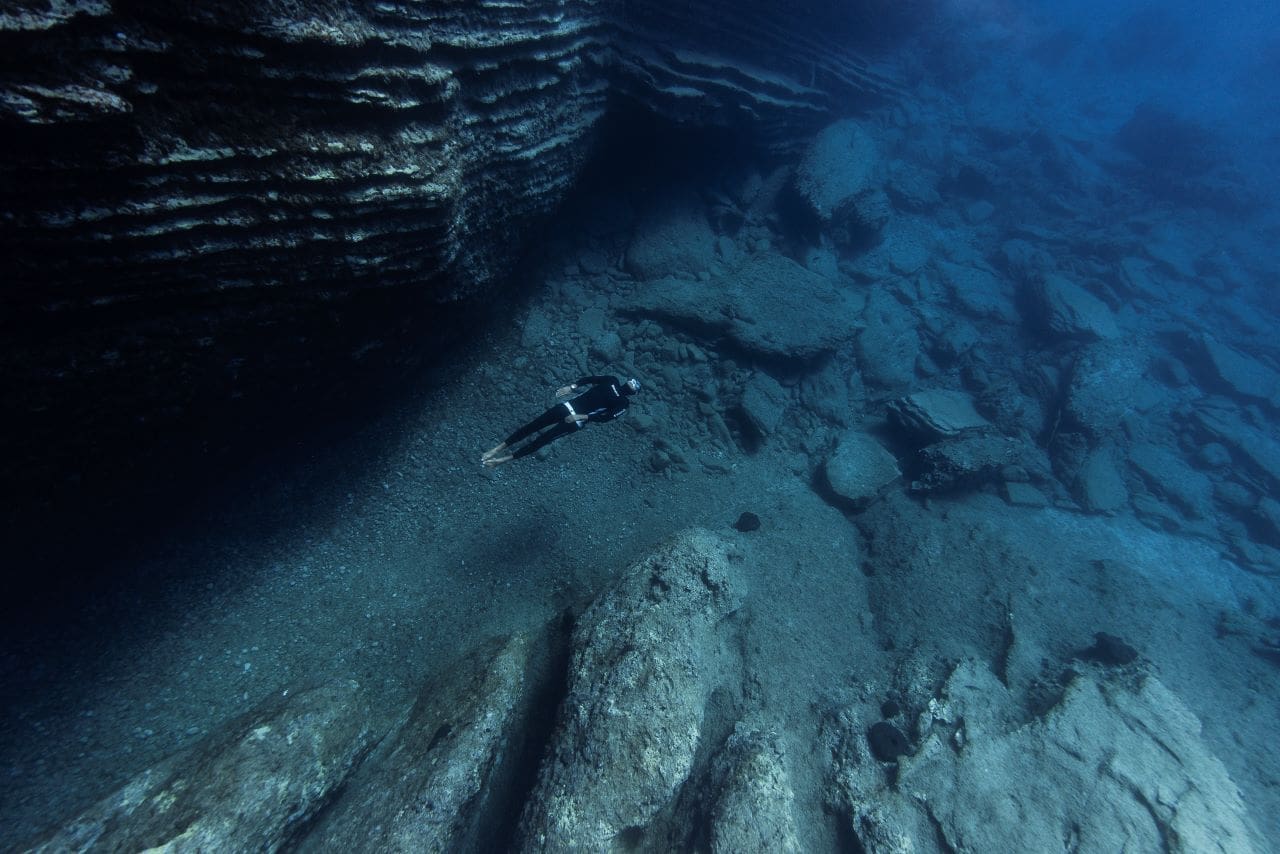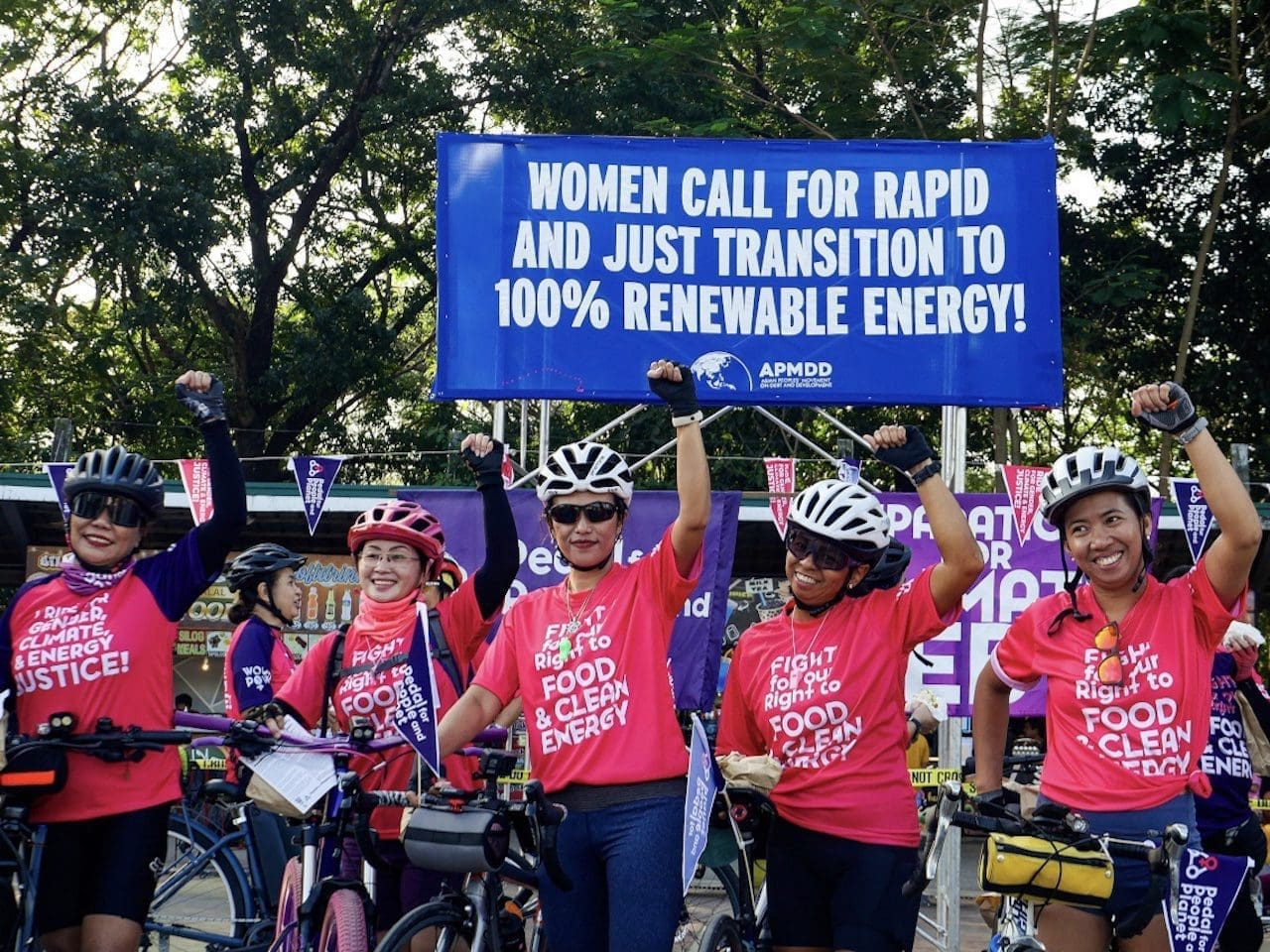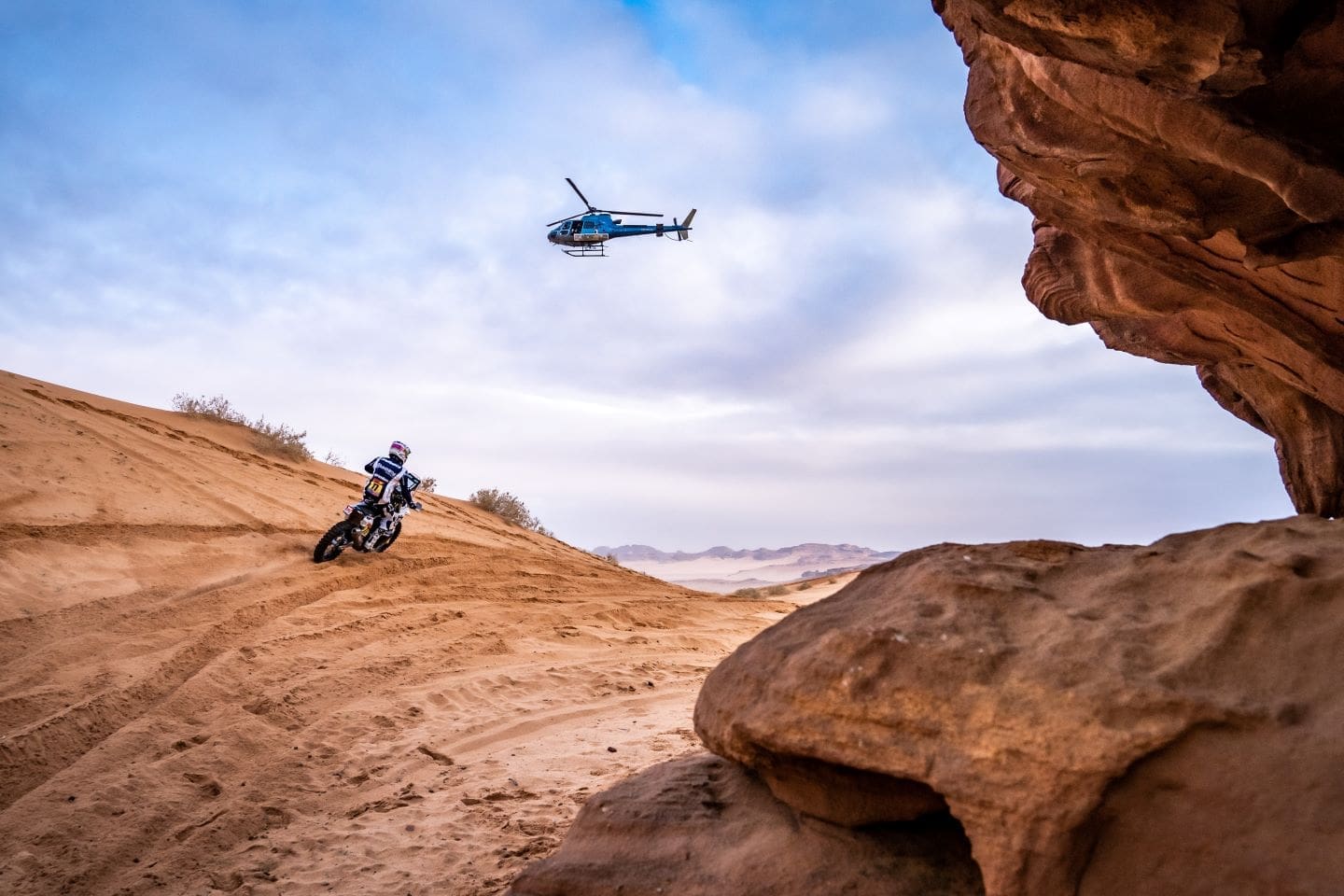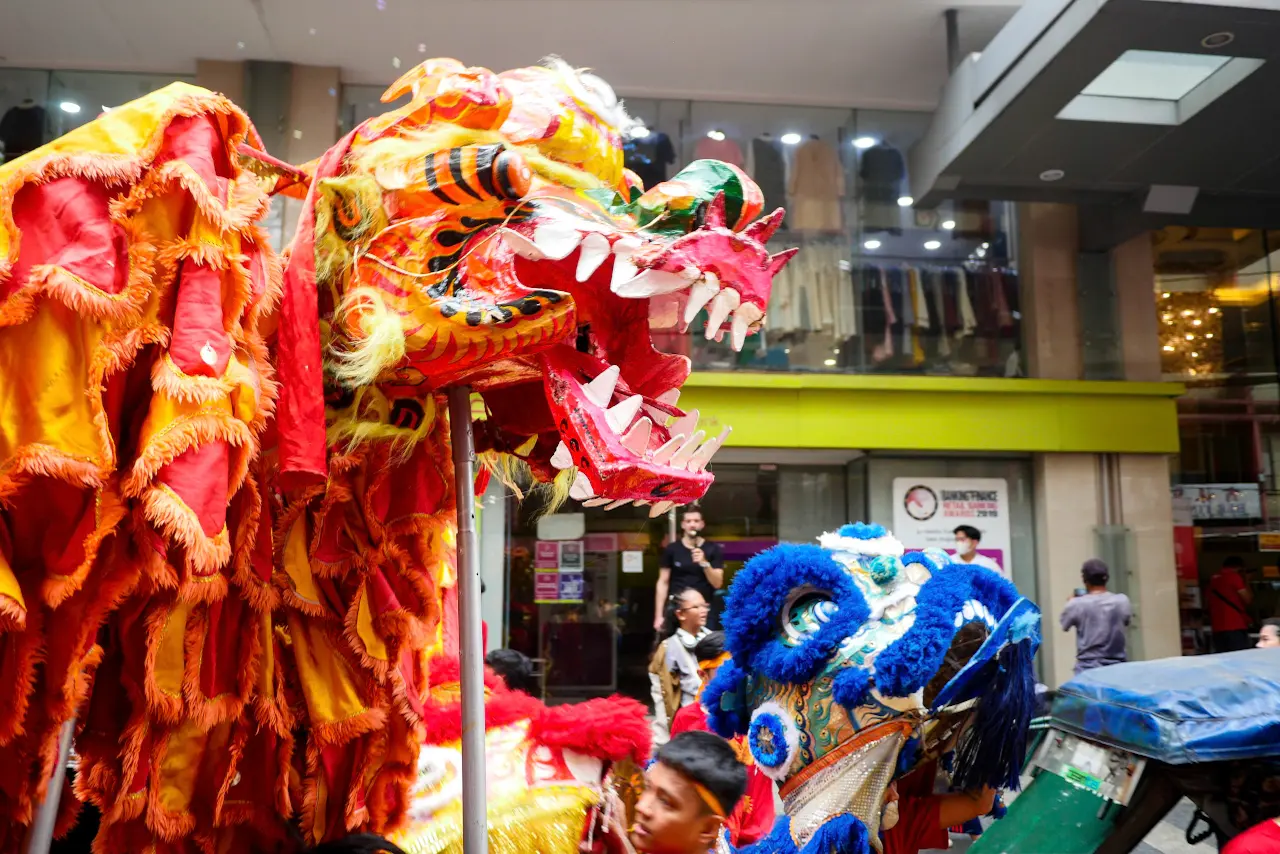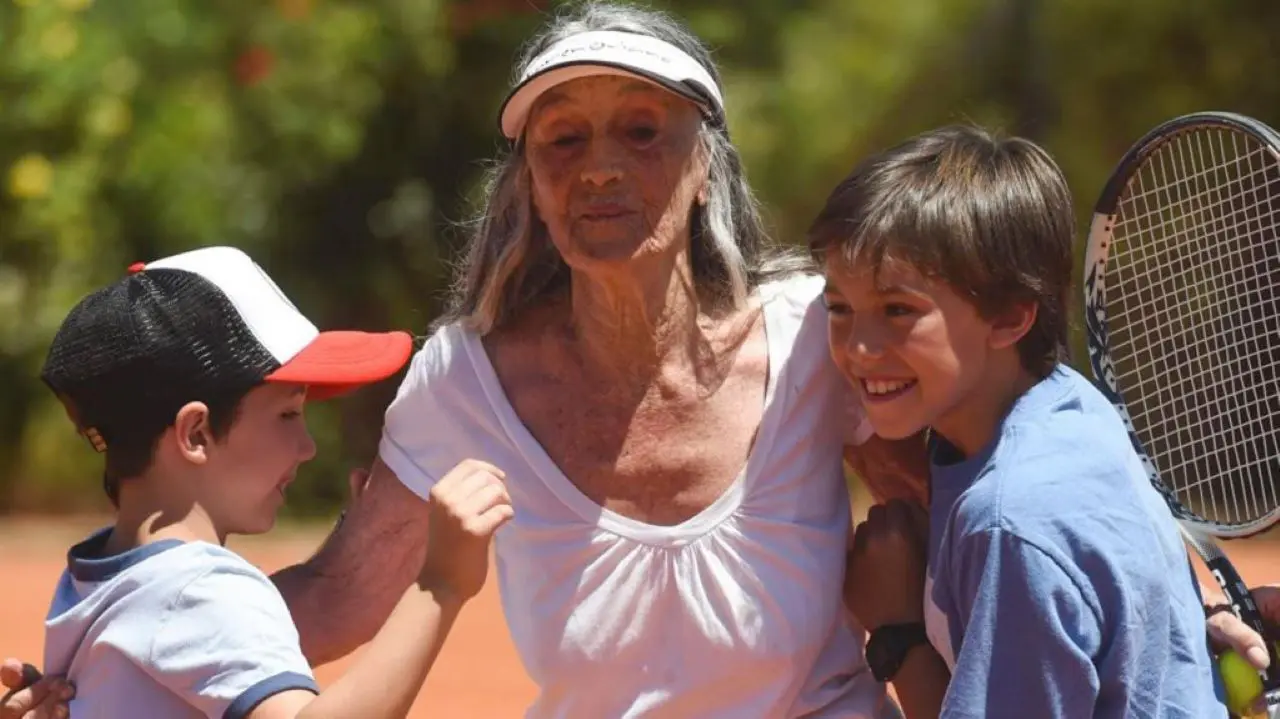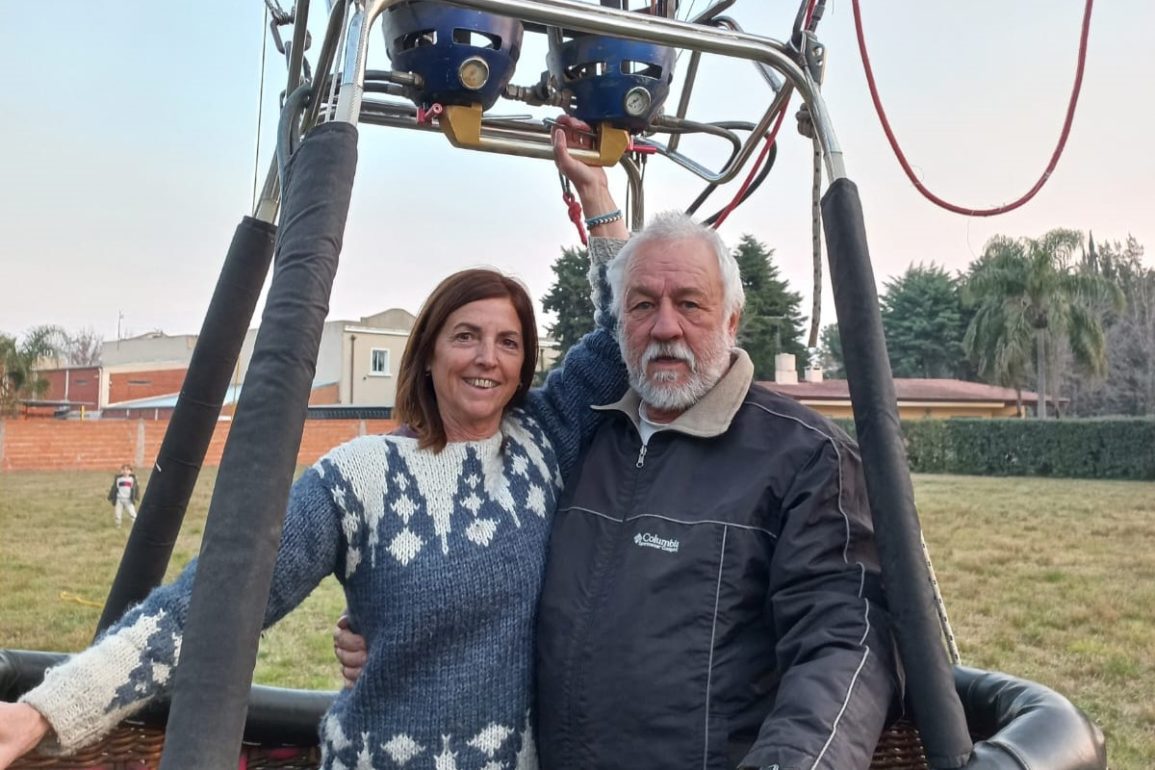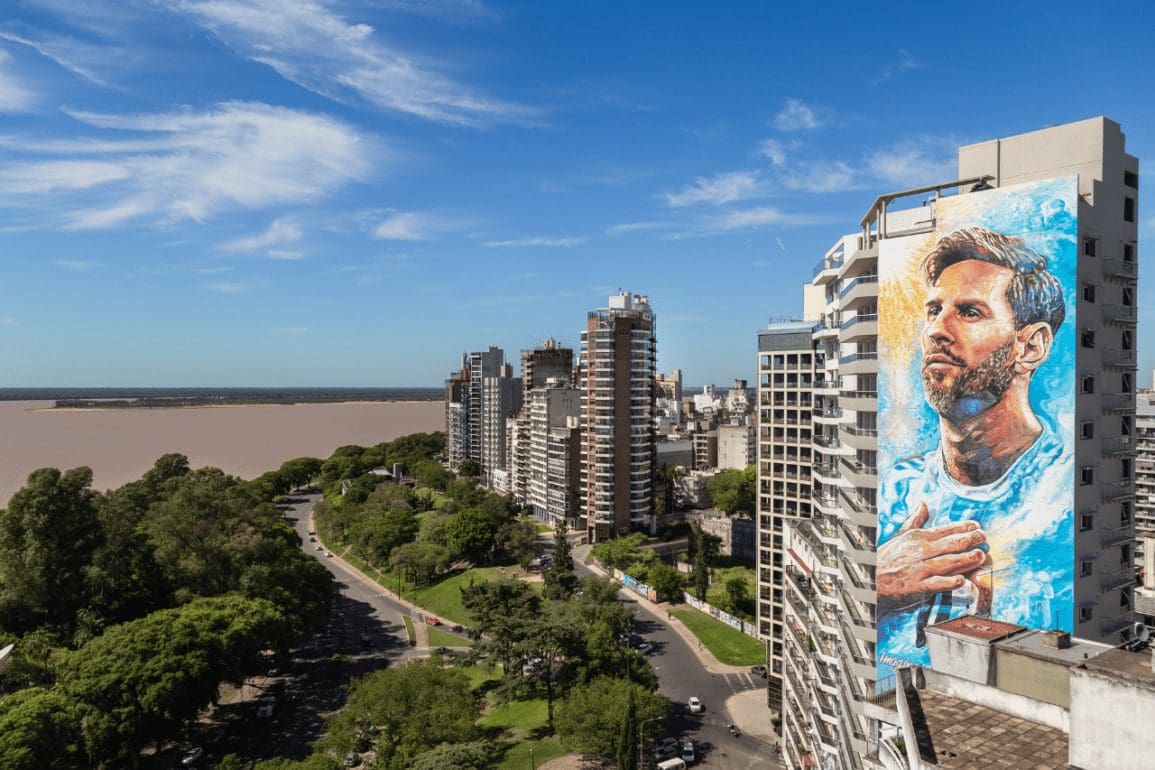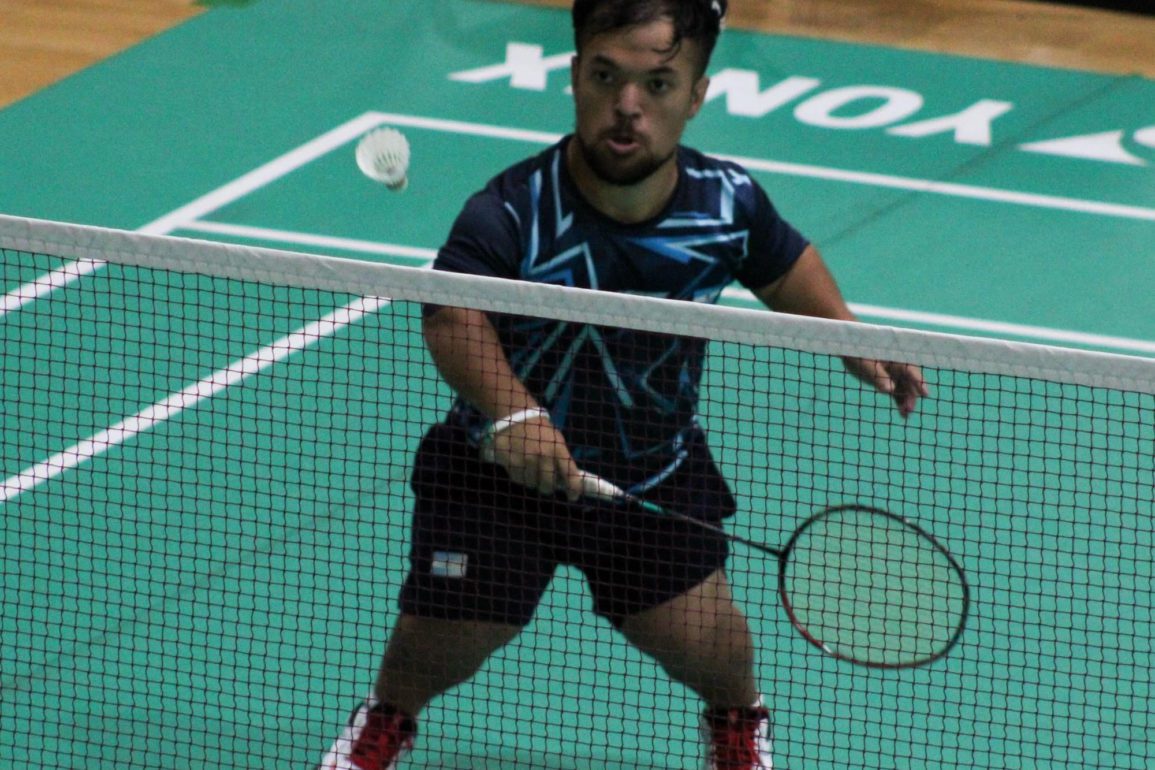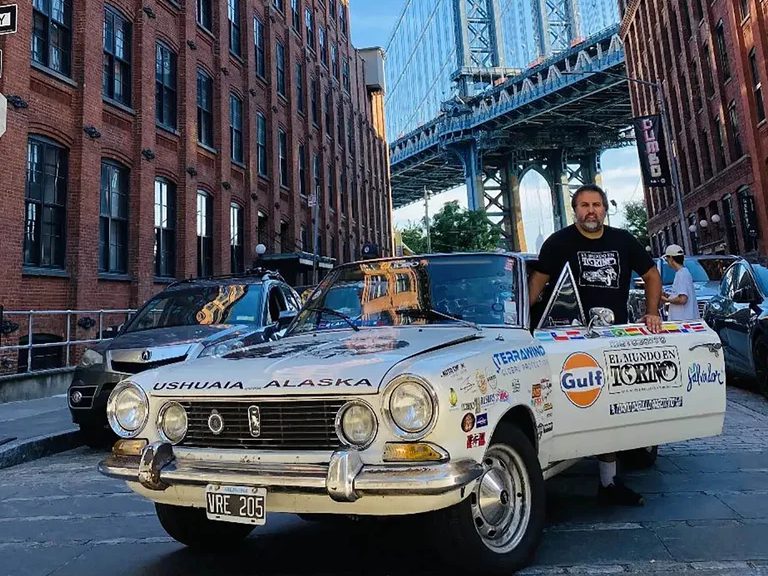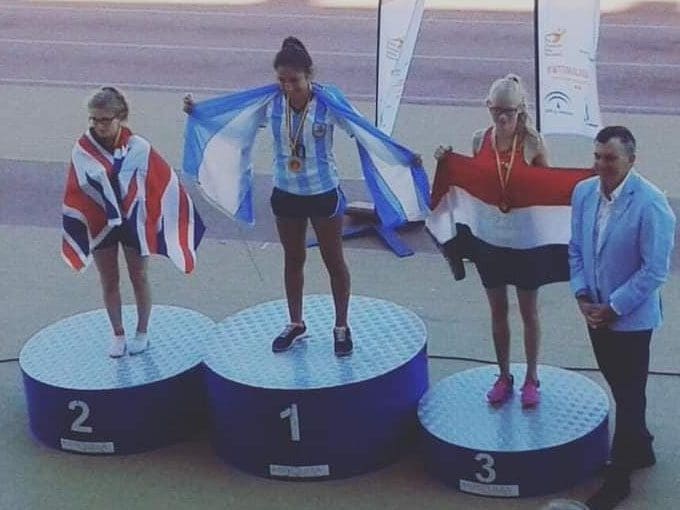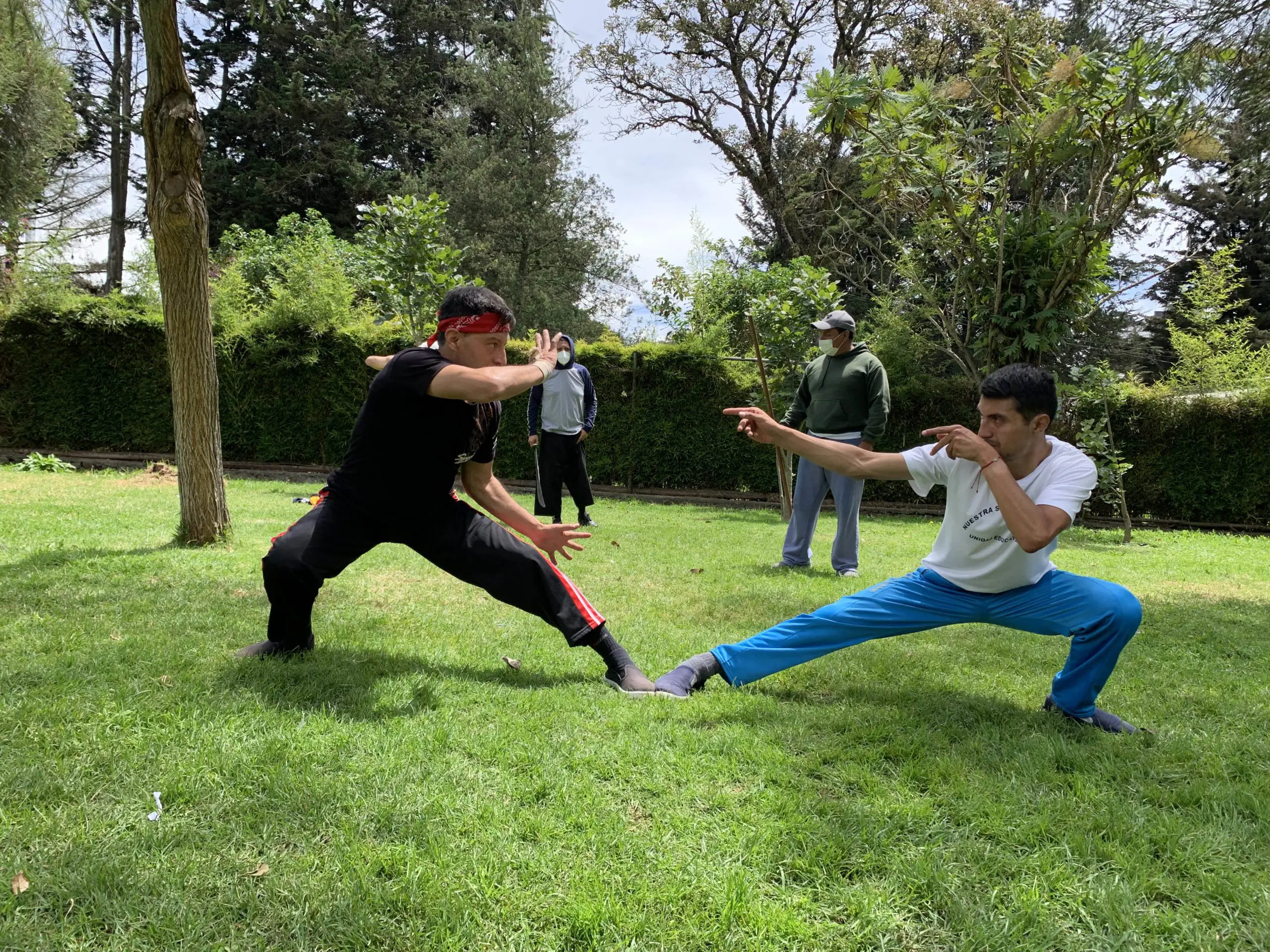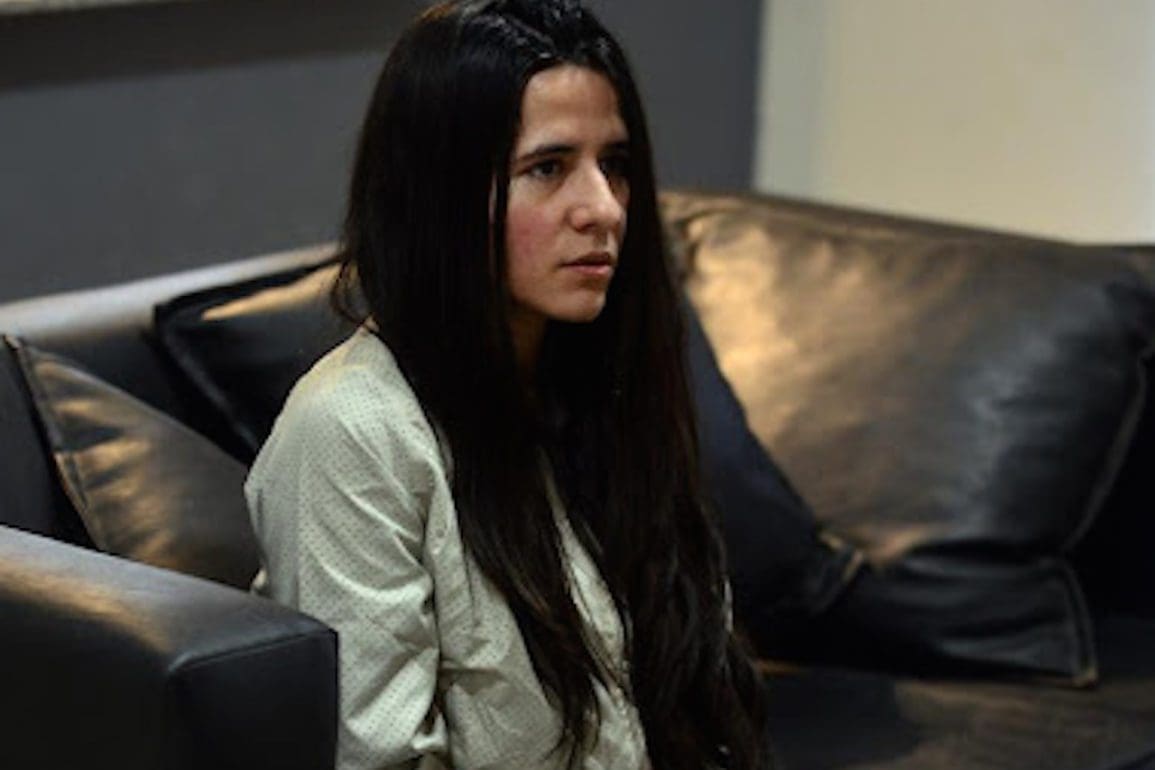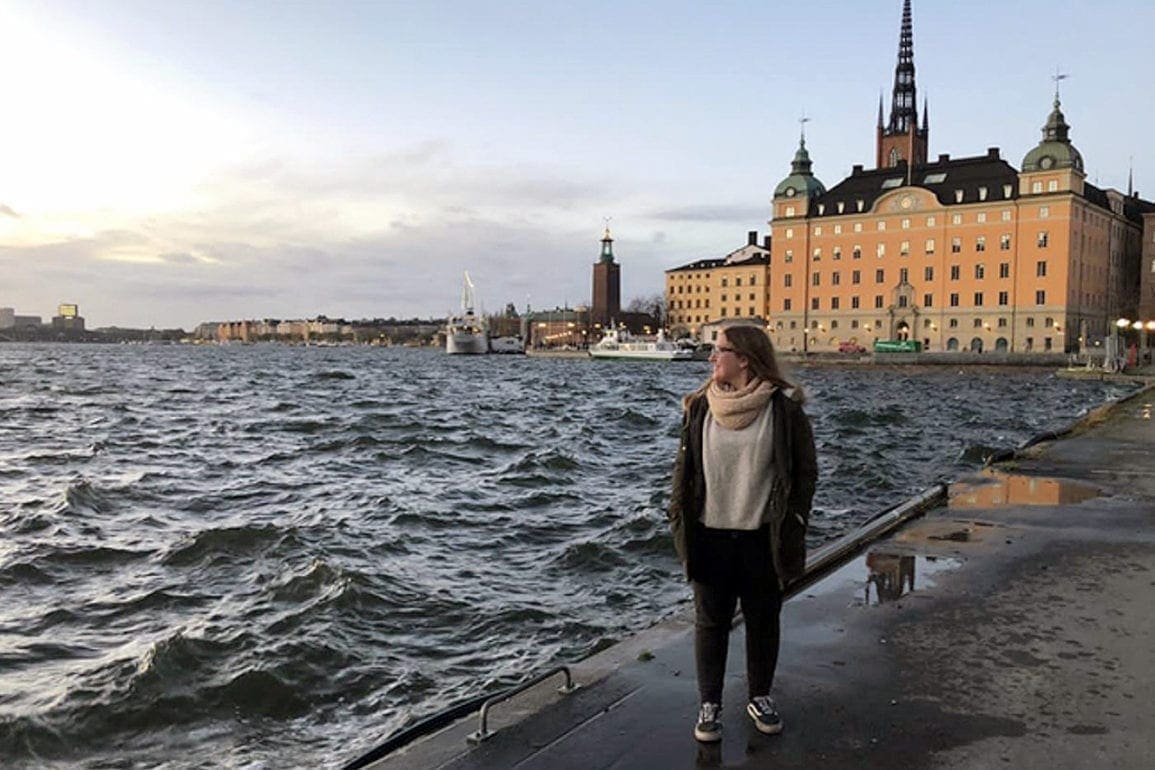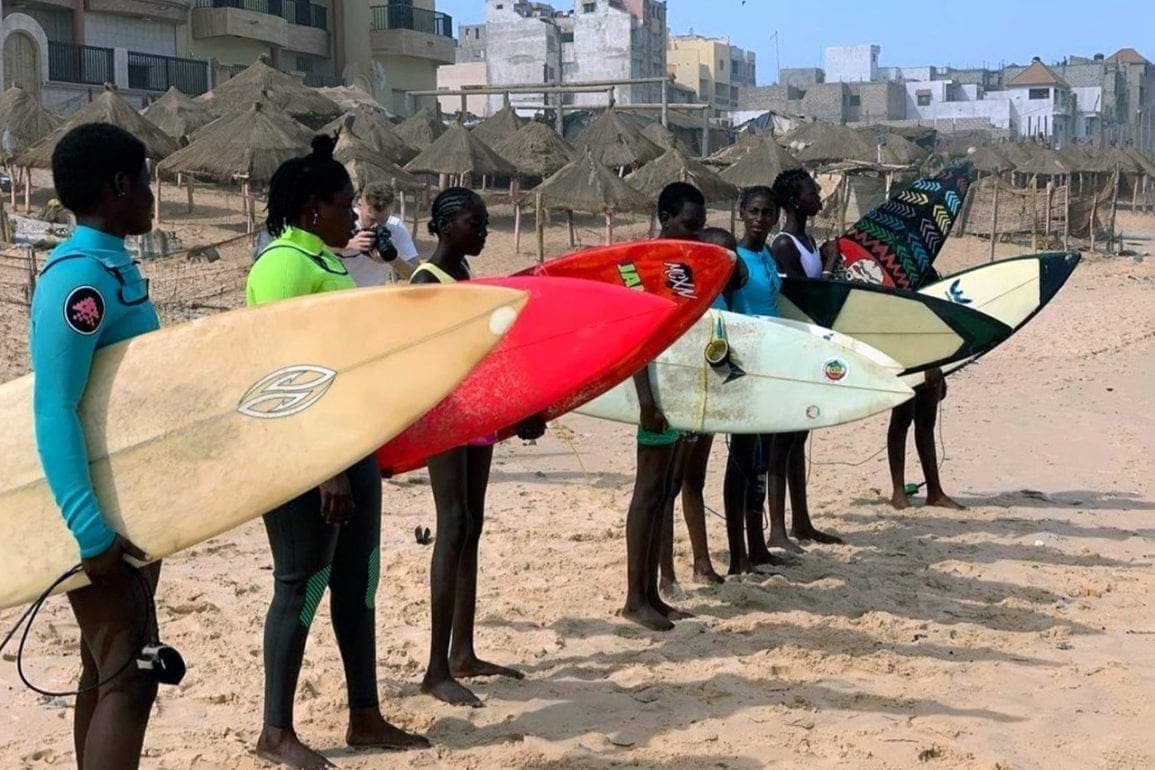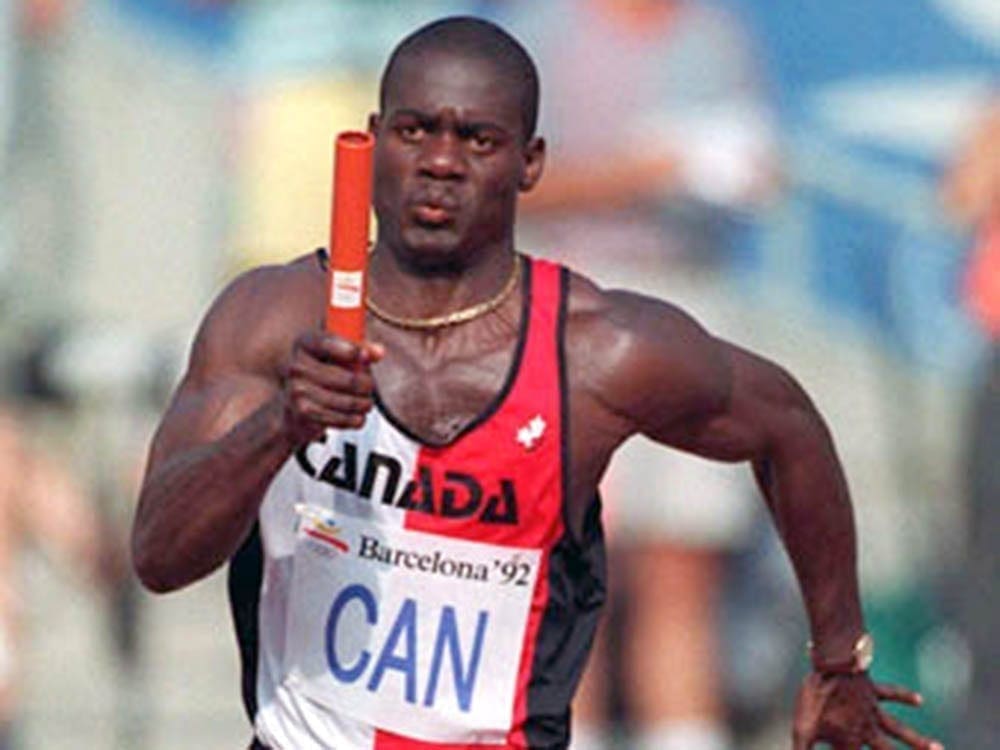Beatriz Flamini lived in a cave for 512 days as part of an experiment, completely isolated from the world
The cave I selected in Spain felt so small, rarely receiving any light. As the days passed, I began to feel locked inside. The strong scent of humidity invaded my nostrils as soon as I walked in. From the outside, it looked like a deep hole in the ground, approximately 70 to 80 meters down, with a cavern below which dates back 180 million years.
- 1 year ago
June 13, 2023

GRANADA, Spain — Ten years ago, I ventured into the mountains alone for the first time, relying solely on my skills and the resources I had at hand. Without any outside help, I navigated difficult terrain and slept in a trailer in a remote location. The experience gave me a rush of adrenaline and I wanted to push it to the next level. In time, I made the decision to try living in a cave, in complete isolation.
Last year, I embarked on a new journey into the mountains. My plan was to go to Mongolia, but the Pandemic forced the country to close its borders, so I settled on Spain.
Read more stories from Spain at Orato World Media
Planning a challenging journey amidst a pandemic proved difficult
Shortly before the COVID-19 Pandemic hit, I secured a plane ticket to Mongolia. I felt excited about my journey to live in a cave. However, on March 14, the world came to a standstill, sidetracking my plans. In time, some countries began reopening but Mongolia remained closed. By 2021, I began questioning my mental readiness for the trip. The longer I postponed it, the more I grew uncertain about my capabilities. One day, I presented my idea to the Dokumalia producers, a channel that specializes in documenting people’s wild excursions. I told them I planned to move to a cave and live alone, completely isolated from the world.
I also wanted to conduct extensive scientific research. The producers responded positively, and numerous scientists eagerly joined the project. Among them, scientists from the universities of Granada, Almería, and from the sleep clinic in Madrid expressed interest. Together, we aimed to delve deeper into the capabilities of the human mind, circadian rhythms, and various aspects of human potential. By then, I felt absolutely uncertain about my plans. As an extreme athlete, I needed to consider the circumstances I would face and explore all available options for my efforts. Amidst these considerations, I became convinced I should carry out the experience in my home country of Spain.
Once the experiment started, it was impossible to keep track of the time
The cave I selected in Spain felt so small, rarely receiving any light. As the days passed, I began to feel locked inside. The strong scent of humidity invaded my nostrils as soon as I walked in. From the outside, it looked like a deep hole in the ground, approximately 70 to 80 meters down, with a cavern below which dates back 180 million years. A headlamp attached to a headband served as my source of light as I navigated inside. I carried with me a gas cylinder, a plate, Chinese chopsticks, a coffee pot, a pot, and a frying pan for cooking. Day in and day out, I ate lentils and chapatis, and slept in a tent and a sleeping bag. For a year and a half, I maintained complete silence, speaking only to myself. Sometimes, I woke up to insects crawling on my skin.

Inside the cave, I tried not to impose any tasks on myself. The entire experience revolved around following my instincts. I simply woke up and decided what I felt like doing. If I felt like knitting, I knitted. If I felt like reading, I read. It was all about following my desires in the moment. Although I slept a lot, it felt impossible to tell for how long. I completely lost track of time. Some nights, I remember hearing someone call out my name. I followed the sound, but it led me nowhere. Anxiously, I would return to my sleeping bag, hoping to fall back to sleep. Most nights, however, I experienced insomnia.
Bringing only the basic necessities, I was determined to reinvent the way I functioned
Before entering the cave, I heard out about a Ukrainian man who spent 464 days inside a cave without going outside. His story gave me confidence about the possibilities. I set my goal to 500 days, knowing I needed to stop at any point, I could. Throughout the process, I deliberately avoided dwelling on possible negative outcomes or side effects of being isolated for so long. I enacted safety limits for myself. To ensure an extreme level of isolation, I refrained from bringing a watch or carrying cameras. The only camera I took was modified to remove the screen. I wanted to avoid being able to see the time and eliminate any visual perception of myself: no mirrors, no smartphones, nothing that could show me what I looked like. However, I kept a small pocket mirror in my possession for safety.
All these precautions aimed to intensify the experience to a more extreme mental level. Most importantly, I wanted to eliminate useless questions like, “What do I look like?” I brought all the necessary hygiene and cleaning products needed. In previous experiences of athletes in caves, they received daily food deliveries. However, to avoid having a time reference, I instructed my team not to follow that pattern. Instead, they collected my waste and delivered food at irregular intervals, like 15 days or more. I did not want to be able to predict time based on their visits. My trainers and psychologists emphasized the importance of establishing routines inside the cave during isolation. However, I must admit, I struggled to do so.
After a year and three months in a cave, I felt completely reborn
I spent a total of 512 days in that cave in Spain. It felt like I went in, slept, and then emerged. When I entered the cave, I was 48 years old. I turned 50 during my time underground. Throughout my stay, I stayed active with physical activities. I spent time painting, drawing, and knitting wool hats. Using a GoPro camera, I documented my experience. During the entire duration, I had 60 books by my side and required approximately 1.5 tons of materials and food. Additionally, I consumed around 1,000 liters of water. To this day, I still have not watched the original footage. A team of psychologists, researchers, experts, and trainers monitored me closely, but maintained no direct contact.
Living in complete isolation for such an extended period of time led me to experience auditory hallucinations. The absence of sound allowed my brain to create its own. However, the most challenging aspect I endured was the occasional invasion of flies and insects, covering me everywhere. The entire experience felt extraordinary, and I fell in love with the lifestyle. Every day felt peaceful. After leaving the cave, I experienced difficulty maintaining my balance. My senses needed to adjust to the outside world again. Thankfully, the mental work I did before entering the cave prepared me to handle any negative thoughts or emotions that would surface. I prepared myself to embrace solitude for 10 years, while living in a small van in the mountains.
Adapting to the outside world again felt challenging, as I struggled to leave the cave
To this day, I feel a sense of grief as I adapt to being back. I did not want to leave the cave. I miss the solitude and calm I felt inside. However, scientists told me that if I stayed any longer, my mind and body would have begun to deteriorate. This information helped me close that chapter of my life. The experience taught me that we often create false needs in our lives. In reality, we need less than we think. I lived for 500 days with the bare necessities. I managed to wash my body, hair, and teeth with just a liter of water. There were no distractions and no work to constantly rush to.
As a child, I carried a small notebook titled, “Things I’m going to do when I grow up.” Living in a cave had been part of that list. When I rediscovered that little notebook and read the entry, my heart filled with excitement. It felt like I fulfilled a childhood dream, and pride flowed through me. The experience in the cave changed me. It brought me back to the most fundamental and primal part of myself. Inside the cave, the only things I needed to do to stay alive were to eat, drink, and sleep. The activities such as painting, knitting, and reading served to maintain emotional well-being and create a healthy inner environment. They allowed me to be present in the here and now. Above all, I learned to be truly present.







